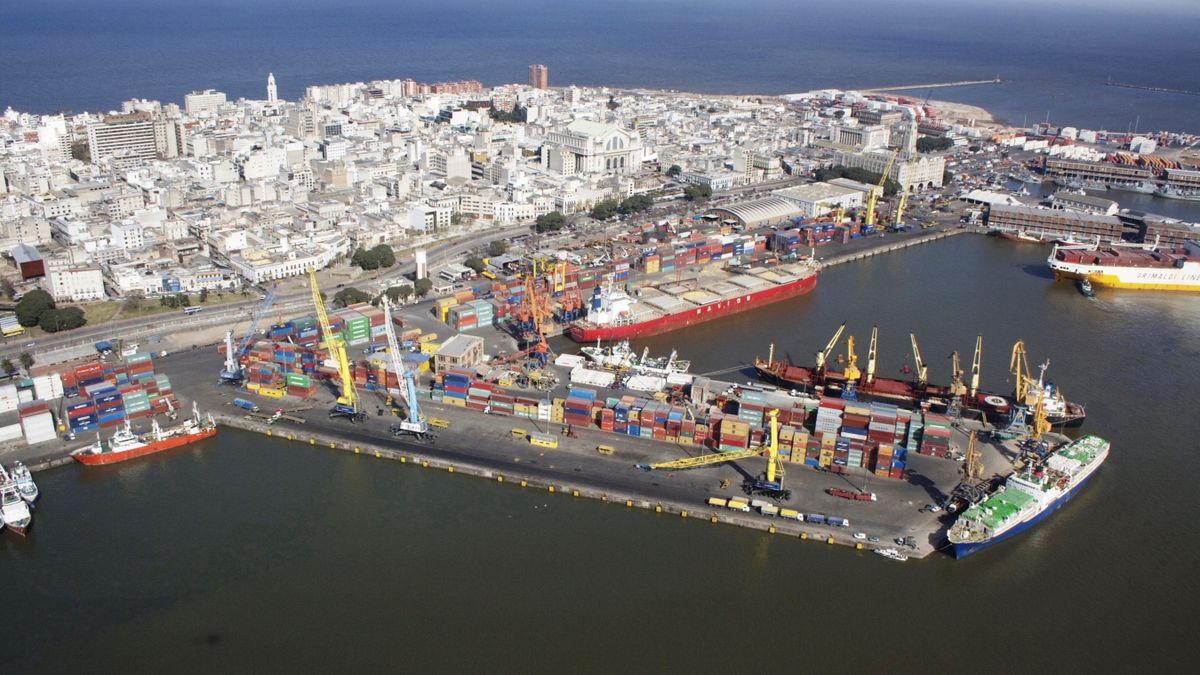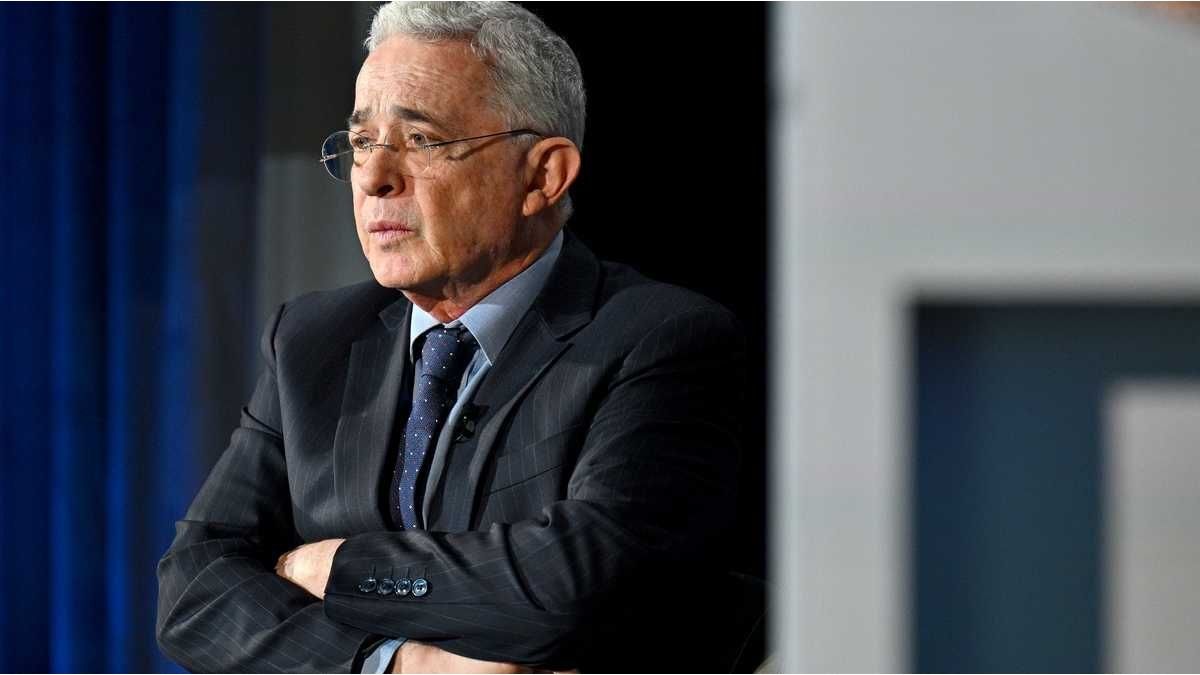Dredging 14 meters from the Port of Montevideo It will be “a before and after” for Uruguay, as indicated by the president Luis Lacalle Pou, who highlighted the measure within the framework of “a historic investment” in works carried out by the government.
During his speech before the General Assembly, The president pointed out that there were “more than 200 years of struggle between ports” until the government obtained the approval of the new administration in Argentina, that heads Javier Milei, for deepening the access channel to 14 meters.
“Port, city, country: this is how we were born. I can assure you that it is a before and after in terms of the hub in our bay,” he said Lacalle Pou, by adding the “single transformation” of the port.
The formal agreement with Argentina
The first step towards the agreement with Argentina took place on January 31, when the chancellor Omar Paganini and his pair Diana Mondino They reported that they reached an understanding, after long negotiations. Even the president himself highlighted that “in 10 years no one had achieved it.”
The agreement was ratified this February 27 and 28, during the extraordinary session that took place at the Administrative Commission of the Río de la Plata (CARP), where both the president of the Uruguayan delegation of the CARP, Alem García, like the Argentine ambassador Diego Tettamanti They celebrated the agreement for dredging.
Even, Tettamanti He called for “in the future, projects presented in common use waters to receive an agile and expeditious evaluation, within the framework of strengthening relations of friendship, cooperation and integration between both countries.”
At the same time, Garcia He highlighted “the great importance” of the agreement and pointed out that the work will be useful for the entire region. “The traditional bidding or legitimate struggle of interests in commerce must be replaced by complementary actions,” he stated.
What does dredging to 14 meters entail and what benefits will it bring?
With dredging 14 meters from the Port of Montevideo, expects its width to go from 57 to 62 kilometers, so that it will be able to receive containers of TCP/Katoen Natie of ships measuring around 400 meters long, 61 meters wide and with drafts of up to 13.8 metres. These are ships that allow containers of up to 24,000 Teus to be loaded, vessels that until today cannot be accessed.
In parallel, the works to expand the Cuenca del Plata Terminal (TCP), which includes drilling and blasting of seabed rock, will see the port reclaim a total of 28 hectares from the sea. By 2025, it is estimated that there will be a total of 51 hectares.
“One centimeter of draft means that a ship with 140 more tons of merchandise can enter with the same maneuver and time as until now,” the TCP Institutional Relations Manager explained about the importance of dredging. Fernando Correa.
For Correa, the work would require a investment close to 200 million dollars, while he redoubled the bet by trusting that the intention is to take the dredging to a depth of 17 meters.
The strategy of consolidating the Port of Montevideo as a regional hub
Regarding the relevance of the work, the chancellor Omar Paganini He stated that “it is a great opportunity to continue developing the system of ports. “It opens up great investment opportunities, which are transformed into jobs. employment and economic activity that spreads throughout the economy,” he highlighted and considered that “it will energize the region.”
In parallel, the president of the National Port Administration (ANP), Juan Curbelo, He assured that the dredging will serve to “support competition” in the region, while “it generates a definitive positioning of the Port of Montevideo as the main hub port of the Silver river, of the waterway and the region”.
Source: Ambito




